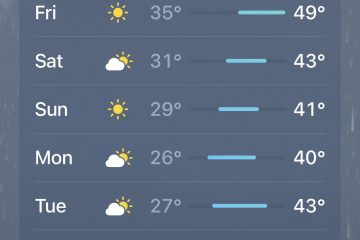The Importance of Supercells in Weather Patterns

Introduction
Supercells are one of the most intense forms of thunderstorms, known for their potential to produce severe weather phenomena, including tornadoes, hail, and heavy rainfall. Understanding supercells is critical for meteorologists and the public, as these storms can lead to significant damage and loss of life if not properly forecasted. Recent weather events, notably those observed in the United States, have highlighted the urgent need for enhanced monitoring and understanding of supercell formations.
What is a Supercell?
A supercell is defined as a rotating, organized thunderstorm that can last for several hours, distinct from other storm types due to its strong vertical wind shear and a well-defined updraft. Supercells can be classified into three types based on the nature of their rotation: classic, high precipitation (HP), and low precipitation (LP). These storms usually exhibit a structured core and can be identified by features such as the anvil-shaped cloud top and a mesocyclone, which is a rotating updraft that is key to their formation.
Recent Events
In recent months, several instances of supercell formations have escalated across the Midwest and Southern United States. For example, in April 2023, a significant supercell outbreak produced several EF3-rated tornadoes across states such as Arkansas and Mississippi, resulting in extensive damage to homes and infrastructure. The National Weather Service has reiterated the necessity of technological advancements in weather monitoring to predict these storms more accurately and provide timely warnings to at-risk communities.
The Science Behind Supercells
The formation of supercells is influenced by specific atmospheric conditions, including instability in the air, ample moisture, and wind shear—a change in wind speed and direction with height. Meteorologists use sophisticated models to track and predict when and where these conditions may occur. The Storm Prediction Center continuously assesses the risk of supercell development, issuing severe weather outlooks to inform the public and prepare for any impending hazardous weather.
Conclusion
Supercells represent a crucial area of study within meteorology, particularly given their ability to spawn life-threatening weather events. As climate change continues to impact weather patterns, the frequency and intensity of supercell storms are likely to evolve, necessitating ongoing research and enhanced meteorological capabilities. For individuals living in tornado-prone areas, understanding the nature of supercells and remaining responsive to weather alerts can be vital for safety and preparedness during storm seasons.








